|
|
|
|

|
The adolescent brain is still developing thus it is more vulnerable to the impact of substance use and potential addiction. How do we encourage our youth to practice healthy lifestyle choices during this stage of development when experimentation is tempting?
It is important to educate ourselves in order to have positive ongoing dialogue with our children as a pro-active strategy in prevention. When the door is open for conversation and questions, adolescents will more likely connect with their parents about what they are experiencing.
|
|
|
|
|
|
|
|
|
|
Interesting and useful scientific facts about the developing adolescent brain - Dan Siegel
|
| |
|
|
|
|
|
|

| Some reasons youth begin to experiment with substances:
- to forget their problems
- to perform better
- to feel better
- they feel bored and don't know how to get "un-bored"
- they have trouble relaxing around people their age
- their friends use substances, and they want to feel like they belong in the group
- they don't know of any other ways to deal with negative emotions like anxiety, grief or depression
|
| |
|
|
|
|
|
Vaping is the act of inhaling and exhaling the vapor produced by the heated nicotine liquid (often called “juice”) of an electronic cigarette (e-cigarette or e-cig), vape pen, or personal vaporizer. It‘s also commonly called JUULing (pronounced jewel-ing).
Standard ingredients for e-cigarette liquid includes:
Nicotine - a chemical compound and an addictive stimulant that speeds up your blood pressure and heart rate.
|
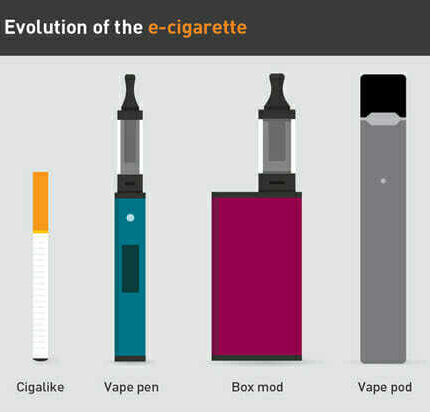
|
|
|
Propylene glycol - a liquid additive that helps preserve moisture and flavor. E-cigarette manufacturers add it to the juice to help produce vapor when heated.
Glycerine - helps produce thicker vape clouds. It is usually mixed with propylene glycol to achieve a balance.
Benzoic acid - a food additive often used as a preservative.
|
|
|
|
|
|
|
|
|
Although e-cigarettes have been around for more than a decade, vaping rates have skyrocketed in recent years, especially among teens. E-cigarettes are now the most frequently used tobacco product among adolescents — some 2.1 million middle and high school students were e-cigarette users in 2017 — far surpassing traditional cigarettes.
JUUL, a popular vape device that comes in fun flavors, looks like a flash drive and is especially concerning as it delivers high levels of nicotine making it extremely addictive. JUUL sales make up more than half of the e-cigarette market.
Although vaping companies deny that they are marketing to young people, critics note features in their advertising such as youthful images and colors, animation, and suggestions that vaping makes you
happier and improves your social status.
|
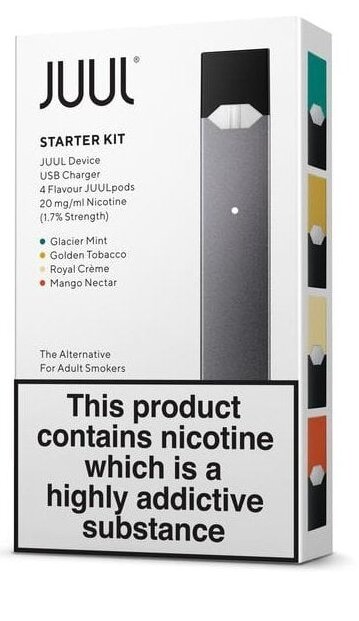
|
|
|
|
|
|
|
E-cigarettes contain high levels of nicotine. The nicotine content of one JUUL pod is equivalent to one pack of cigarettes.
These high nicotine levels make vaping extremely addictive — especially to teens because their brains are still developing, which makes them more likely to habituate to using drugs and alcohol.
|
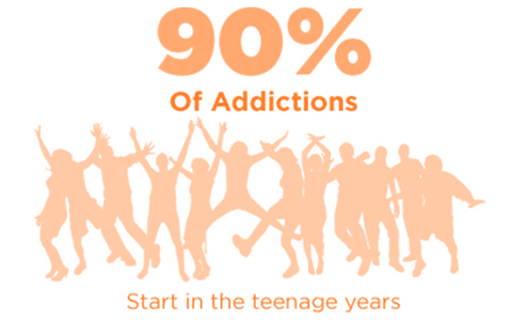
|
|
|
|
E-cigarettes and similar devices contain carcinogenic compounds, and a recent study found significantly increased levels of carcinogens in the urine of teens who vape. One study found that vaping does cause lung irritation akin to that seen in smokers and people with lung disease.
|
| |
|
|
 | There have been several deaths and hundreds of cases of lung illness attributed to vaping. It is unclear if the cause is bootleg cartridges containing THC or CBD oil from cannabis or legal nicotine cartridges. The CDC recommends that people avoid vaping entirely while this is being investigated.
Kids are also vaping marijuana at increasing rates, which brings its own health risks.
|
| |
|
|
|
|
|
Drugs influence the way our brains develop. Regular cannabis use at an early age may have negative effects on brain development. THC is short for the chemical compound delta-9-tetrahydrocannabidinol. THC is the most talked-about active ingredient in cannabis because it delivers the "high" feeling associated with using the drug.
Your child, like anyone else you talk to, will be a better conversation partner if you stick to some basic rules about communication.
Be a good listener. Avoid the temptation to shower them with wisdom, and let them do at least half of the talking
|
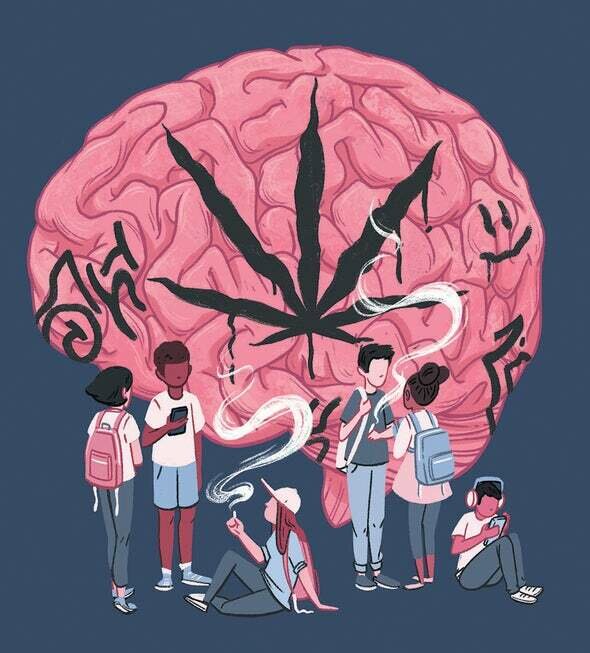
|
|
|
|
Acknowledge their point of view. This does not mean you have to agree with what they say, but instead, to try not to react in a way that will shut down their desire to tell you how they think and feel about things.
Use open-ended questions that encourage reflection and the expression of feelings and views rather than simple yes/no answers.
|
Be clear about your expectation. Being honest about how you think or feel about cannabis use, and why you think or feel that way, can offer a broader perspective to your discussion.
Keep them from tuning out. Avoid "lecture mode" and judgmental comments, and keep in mind that exaggerating the negative aspects of cannabis or any drug will not work for a child who has witnessed or experienced its positive effect.
|
| |
|
|
|
|
|
|
|
Alcohol is the most common psychoactive* substance in Canada. It is made from grain, fruit or vegetables that are fermented and then used in beer, wine or liquor (vodka, rum, gin, etc.).
Alcohol is a "downer" or depressant. It slows down the central nervous system and makes a person think, talk and move at a slower pace. The effect alcohol has on a person depends on their size, ethnicity, drinking experience, mood and the environment it is used in. Usually, your body can process about one drink an hour. If you consume more, then you begin to become intoxicated.
|
|
|
|
|
|
|
|
|
Binge drinking (defined as 4-5 drinks in a single sitting) and playing drinking games, both common among teens, cause blood alcohol content to rise to dangerous levels in a short amount of time. The liver has no time to catch up, which creates a backlog of alcohol in the blood stream. It is also important to note that drinking after the use of any kind of drug, prescribed or illicit, can increase the risks of alcohol poisoning.
Teens are at a much higher risk of alcohol poisoning than adults because they metabolize alcohol less efficiently. Teens get drunk faster and stay drunk longer on less alcohol.
|

|
|
|
|
|
|
|
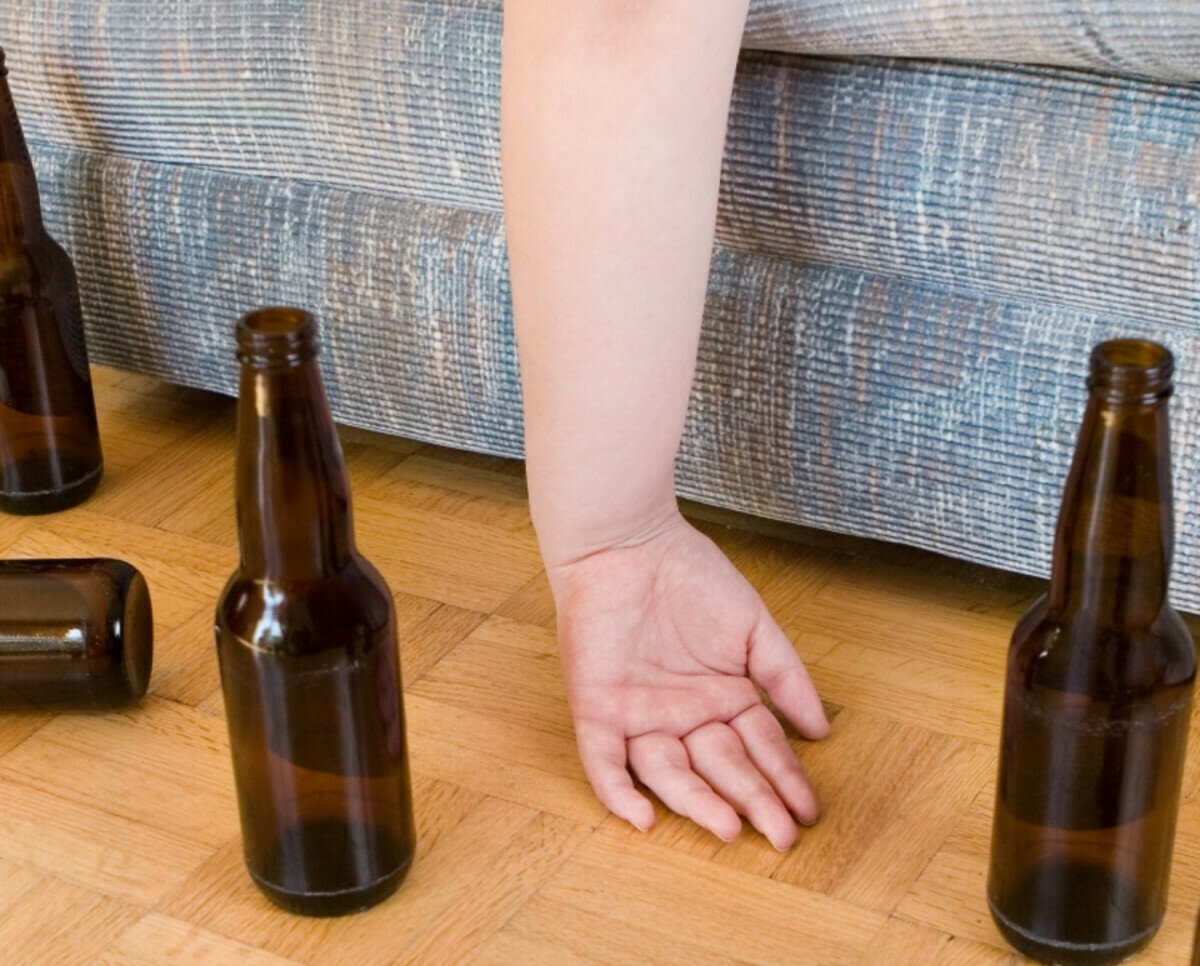
| Everyone should be aware of warning signs that indicate someone is suffering from alcohol poisoning. The first symptom of alcohol poisoning is usually vomiting. This is the body‘s attempt to protect itself by preventing any alcohol that remains in the stomach from being absorbed into the bloodstream.
Additional signs are as follows:
|
|
|
|
Unable to stand up or remain standing without assistance.
Not responsive to talking or shouting.
Clammy or cool skin, or bluish to purplish skin that appears very flushed.
| Vomiting while passed out and not waking up is an additional red flag.
Slow irregular breathing, irregular pulse or a pulse rate slower than 40 beats per minute.
Not responsive to any physical contact, i.e., shaking, poking, pinching.
|
| |
|
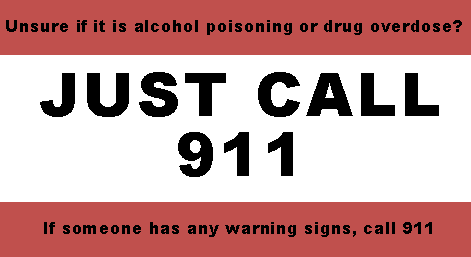
|
It is recommended that parents review warning signs of alcohol poisoning with their teens and then have a conversation about safety. For example: “I expect you not to drink. But, I always want you to call me if you are in a risky situation.
|
|
|
|
If you are in circumstances involving alcohol and someone needs help, you should call 911 first then me, or any other trusted adult. I would much rather you call for help than worry about being disciplined by me. There may indeed be a consequence if you personally have made some unhealthy choices, but my first concern is your safety. In the end, my response to the situation will be much tougher if you don‘t call for help when it is needed.”
|
| |
|
|
|
|
|
|
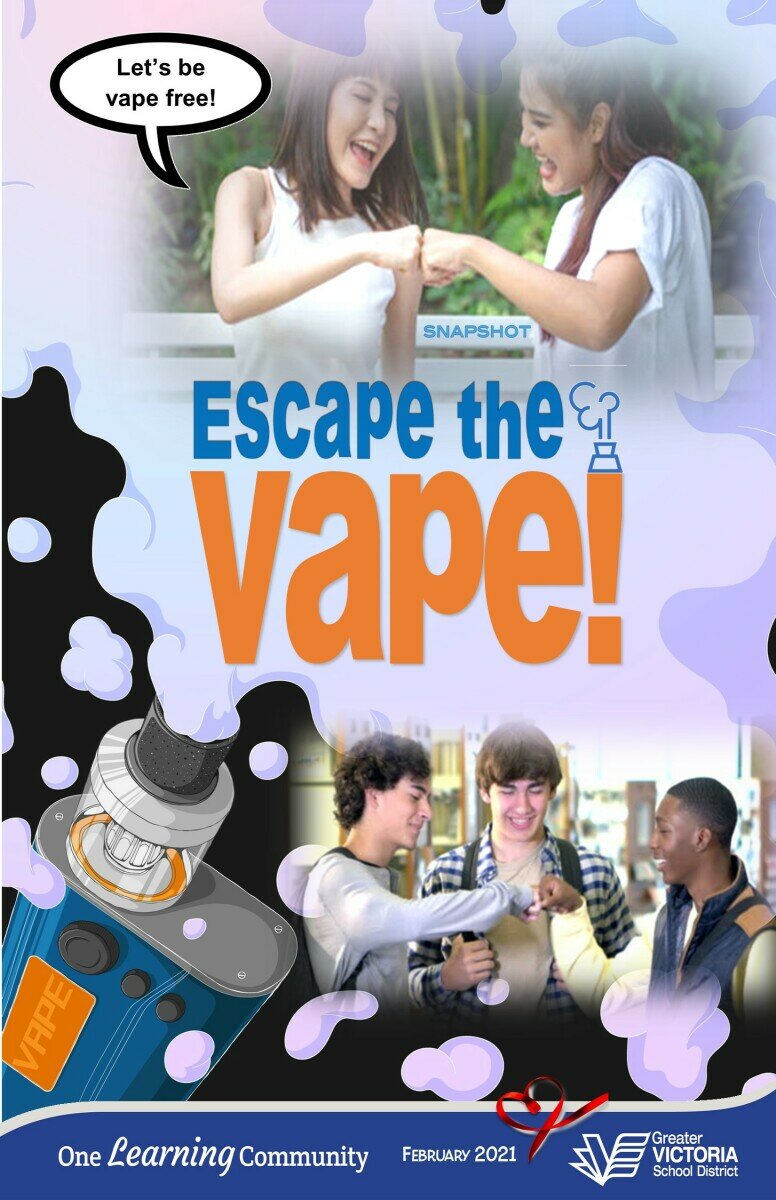
| Several copies of this poster have been delivered to all middle schools for student learning.
The poster encourages students to use positive peer pressure and support each other to remain vape free.
Advice from a peer is often more influential and can impact the choices friends make more than an adult can at times.
*Positive peer pressure is when someone's peers influence them to do something positive or growth building.
|
| |
|
|
|
|
|

|
Do you enjoy the monthly Snapshots?
Do you have suggestions on how to improve the Snapshots?
Do you have ideas for future topics?
Let us know!
We would love to hear from you!

|
|
|
|
|
|
|
Family Support Institute of BC FSIBC Zoom sessions are a safe space for families, caregivers and professionals to come together for support, learning, inspiration and connection. Some sessions are by theme/topic while others are for general conversation and engagement. Whatever you might be feeling — overwhelmed, sad, confused, fearful, anxious — you are not alone.

|
|
|
Go Girls Go Girls Online is a FREE 10-week online program designed for female identifying youth between the ages of 11-15. The group meets weekly for 1 hour and 15 minutes via Zoom Online Platform. The focus of the program is to keep youth connected with each other and their community during a time of social distancing.

|
|
|
|
|
|
|
|
|